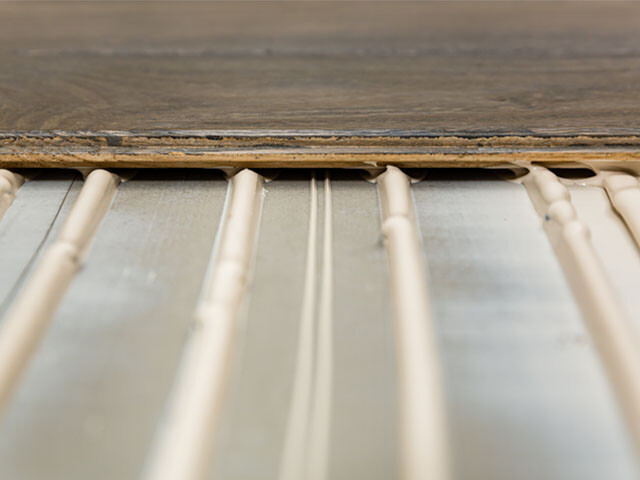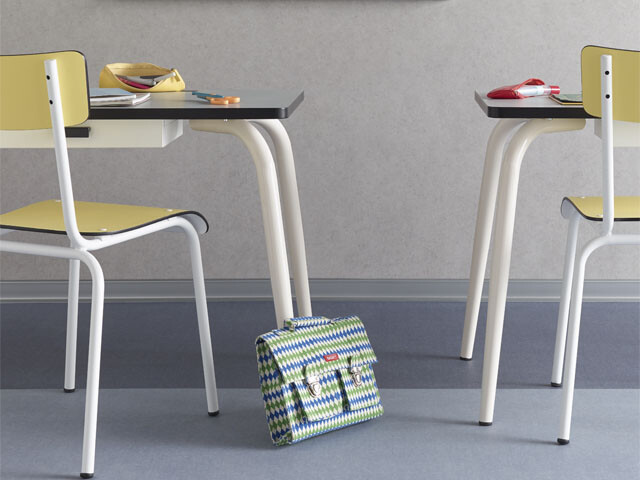Sealant joints protect buildings from the elements. They provide a watertight and airtight seal between different building components. But even the best joints require maintenance. Regular inspection and timely repair will prevent damage and significantly extend the life of your structures.
Get clear answers to frequently asked questions and practical tips from the field. This way, as a contractor or construction specialist, you have all the knowledge you need for long-lasting joint maintenance.
Why is sealant joint maintenance so important?
Over the years, joints can be affected by:
- Weathering due to UV-light and precipitation
- Mould growth in damp areas
- Damage due to mechanical stress or animals
- High traffic on building substrates
- Chemical influences or incorrect product selection
During inspections, attention is paid to detachment, cracking, damage and contamination. It is recommended to assess façade joints during the colder season, when damage is more visible. This is because building materials expand the least, causing joints to be under maximum tension.
Meticulous maintenance is crucial, especially in wet areas with old glazing systems. Consider replacing worn sanitary sealant or putty seams in a timely manner. Always use the correct materials and ensure a clean, dry surface before application.
Frequently asked questions in practice
Damaged or loose joints must be repaired thoroughly. It is important that old sealant is completely removed and the substrate is suitable for new adhesion.
Step-by-step instructions:
- Remove old sealant with a knife or Zwaluw Sili Kill
- Clean the joint thoroughly
- Apply a primer if necessary
- Apply the new sealant, preferably the same type as the original
- Smooth the joint with Zwaluw Finisher and a finishing tool
In sanitary areas, use an anti-mould sealant such as Zwaluw Silicone - Sanitary.
Bostik always recommends replacing old joints rather than re-grouting over them.
Joints in bathrooms and kitchens require extra attention:
- Ventilate well to prevent mould formation
- Avoid using aggressive cleaning agents (such as chlorine)
- Always use a fungicide-containing sealant such as Zwaluw Silicone - Sanitary
- Inspect regylarly and replace on time to prevent water damage
Mould growth and loose sealant in the bathroom require quick action to prevent water damage. Start by carefully removing the old sealant with a sharp knife. Make sure the surface is completely clean and grease-free for optimal adhesion of the new sealant.
For sanitary areas, always choose a mould-resistant silicone sealant such as Zwaluw Silicone - Sanitary. Apply the sealant with a caulking gun at a 45-degree angle for even distribution. Use a nozzle with a blade cut to the appropriate width for the joint.
For a professional finish, smooth the sealant with a special finishing tool moistened with Zwaluw Finisher. Let the new sealant dry for at least 24 hours before contact with water. Regular maintenance with a mild cleaner will significantly extend the lifespan of the sealant.



